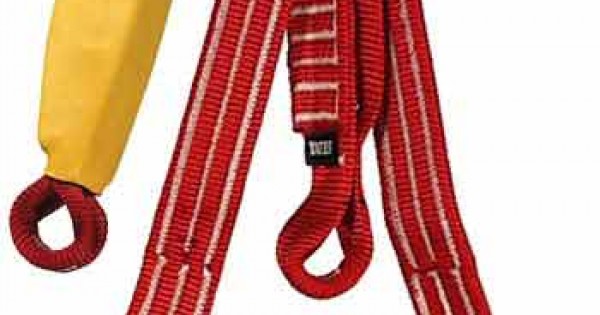- Joined
- Feb 4, 2021
- Messages
- 4,978
Really what owner of screamers? Yates? DMM? I have an email from a “screamer” manufacturer (DMM wales rep named Holly Lindrop to be exact) that literally says screamers are not designed to work in our usage and are not recommended. They are to reduce force on the ANCHORS when there are long dynamic runs with less than ideal multi anchor points.. Can I have the number and name of the company/owner you spoke with? If I can get his recommendation in writing, a I will post it here… In fact DMM wales says the stitching will start to break away or weaken with any dynamic loading event (a slight bounce from a 220 lbs person….) the screamer idea has been harped on and debated many many times on here.Seems to be some serious disagreement on this topic. After speaking with the owner of Screamers fall arresting devices, I just add a Screamer Shorty in between my bridge and tether. The owner of Screamers said that even if it does not fully deploy it will lessen the shock to a safe degree. He said he has sold many to saddle hunters that are concerned about possible injury from a fall. It also will not deploy when you just hang, swing or bounce slightly. This is just my experience and opinion.
Last edited:


